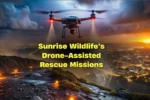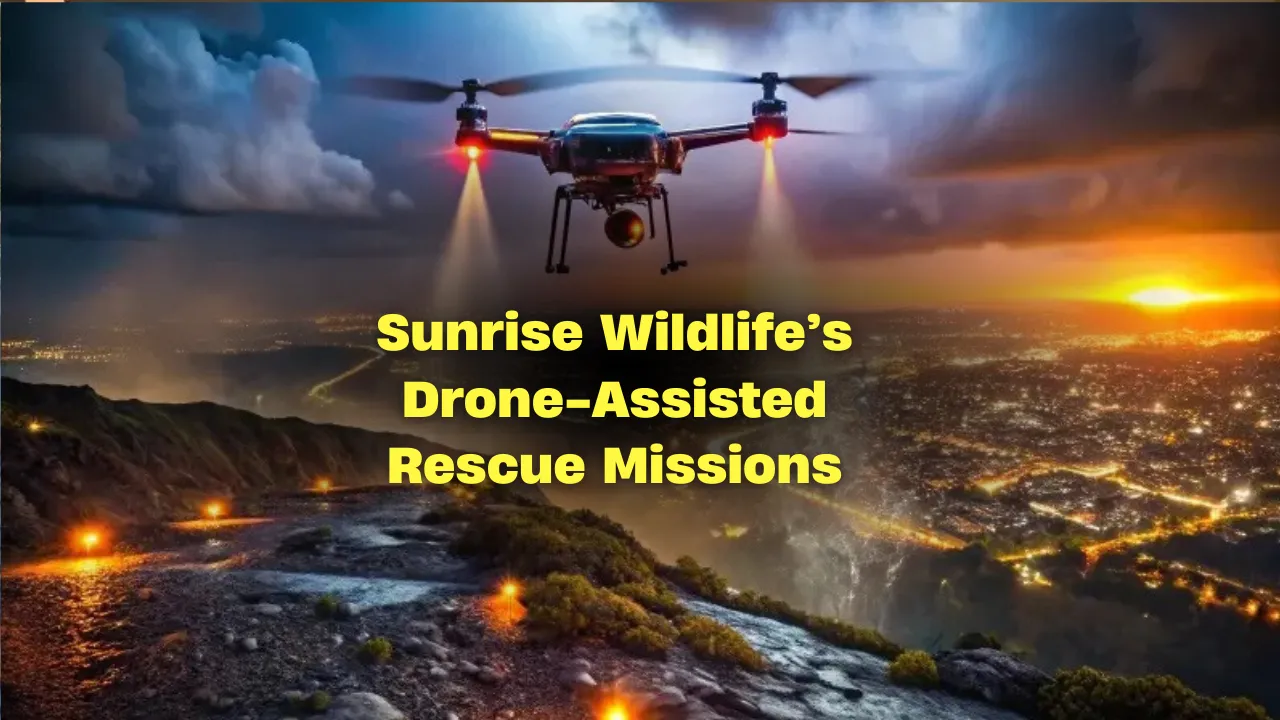Why Sunrise Wildlife Leaves Other Rehab Centers in the Dust: Sunrise Wildlife is a name that often surfaces when talking about trusted centers for wildlife rehabilitation. But beyond the name lies a place of genuine care, skilled intervention, and a commitment that goes far deeper than most. As injured animals are brought in, whether orphaned or harmed by human activity or nature, the mission of this facility becomes evident: restore, rehabilitate, and release, while honoring the integrity of every creature they touch.
This article explores what makes Sunrise Wildlife truly different from other rehabilitation centers. From professional staff and specialized enclosures to a deeply rooted education program and 24/7 emergency care, we’ll unpack each layer of what sets it apart. You’ll also see why their standards in wildlife care and conservation have made them an essential player in preserving the natural world.
Why Sunrise Wildlife Stands Out Among Rehabilitation Centers
At its core, Sunrise Wildlife isn’t just a temporary shelter for injured animals. It’s a purpose-driven animal rescue center that blends expert medical care, community outreach, and nature-first values. Their rehabilitation model puts animal welfare above all else, ensuring that every species is treated according to its unique needs. Through cutting-edge treatment methods, proper species separation, and a limited-contact policy, the center avoids domestication risks and prioritizes successful wild animal release. Supported by trained staff, passionate wildlife volunteers, and strong community partnerships, Sunrise Wildlife operates as both a medical center and a wildlife sanctuary.
| Overview of Sunrise Wildlife’s Unique Attributes |
| Professional, species-specific rehabilitation care |
| Minimal human contact to ensure safe wild reintegration |
| Community outreach and wildlife education programs |
| Advanced tracking and medical technology |
| Strong partnerships with local vets and agencies |
| 24/7 emergency wildlife rescue services |
| Ongoing post-release monitoring |
Expert and Specialized Staff
The first difference you’ll notice at Sunrise Wildlife is the depth of expertise within their team. Unlike many facilities that generalize care across species, this center assigns specialists to different animal types. From avian experts handling birds of prey to trained reptile caretakers, each animal is matched with someone who truly understands its biology and behavior. The presence of on-site veterinary technicians and consulting wildlife vets enhances response times and raises the standard of care.
This focus on specialization reduces recovery time, improves animal well-being, and greatly increases the success rate of reintroductions to the wild. The center also invests in continued training and certification, ensuring all personnel stay current on best practices in wildlife rehabilitation.
Species-Specific Facilities
Another clear distinction at Sunrise Wildlife is its investment in species-specific habitats. These aren’t just generic cages—they’re purpose-built enclosures designed to simulate the animal’s native environment. Whether it’s a climbing space for squirrels, quiet nesting zones for owls, or sunning rocks for turtles, the goal is always the same: maintain natural behavior throughout recovery.
This approach plays a crucial role in animal welfare. By encouraging natural instincts and avoiding excessive human interaction, animals stay wild—exactly what they need to survive post-release.
Focus on Education and Community
Unlike centers that work behind closed doors, Sunrise Wildlife embraces public engagement. Through educational outreach, school programs, and volunteer opportunities, they teach children and adults about the role of wildlife in our ecosystems and how to respond to animals in distress.
This commitment to wildlife education increases public awareness and reduces unintentional harm to animals. The center also offers workshops on safe coexistence with local wildlife, helping prevent future injuries and rescues.
Limited Human Contact for Better Reintegration
One principle that truly distinguishes Sunrise Wildlife is its policy on minimal handling. Many rescued animals are young, and too much exposure to humans can lead to imprinting—a condition where wild animals begin to see people as part of their species. This makes re-release nearly impossible and often leads to captivity.
By keeping interaction to a minimum, staff ensures that animals maintain their natural instincts. This practice is especially critical for predators and prey species that rely heavily on fear responses for survival.
Two Key Features That Set Sunrise Wildlife Apart
- Advanced Medical Equipment: The center is equipped with diagnostic tools tailored for wildlife, including digital X-rays and field-capable ultrasound machines. These allow for precise treatment of fractures, internal injuries, and other trauma without needing external transport.
- Rehabilitation and Release Tracking: One standout feature is their use of post-release monitoring. Using lightweight GPS tags or banding systems, they collect data that helps evaluate the long-term success of their work. This also informs better practices in the broader field of wildlife conservation.
Strong Volunteer Program
Volunteers are deeply embedded in the success of Sunrise Wildlife. Far from just filling time slots, volunteers undergo a structured training program that teaches everything from proper feeding techniques to emergency response.
This hands-on education not only benefits the animals but also builds a community of informed citizens ready to support local wildlife. Many go on to pursue careers in animal care or conservation, adding long-term value beyond immediate labor.
Partnership with Local Authorities and Vets
Strong collaboration with local animal control units, veterinarians, and wildlife officers allows Sunrise Wildlife to act fast when animals are in danger. These relationships ensure faster rescue operations and immediate medical evaluations.
In cases of endangered species or unusual injuries, they also coordinate with state and federal wildlife organizations to follow strict conservation protocols. This network makes their impact wider than most standalone centers.
Emergency Rescue and 24/7 Service
Perhaps most impressive is their 24/7 availability. Nature doesn’t work on a schedule, and neither does animal injury. With a dedicated wildlife hotline and rotating emergency staff, Sunrise Wildlife responds to calls at all hours, ensuring no animal is left suffering overnight.
Their mobile units are equipped to provide field stabilization before transport, increasing survival rates. This responsiveness has earned them a trusted reputation across the region as the go-to wildlife rehabilitation center.
FAQs
What types of animals does Sunrise Wildlife help?
They care for injured, orphaned, or sick wild animals like birds, mammals, reptiles, and amphibians native to the region.
Do they accept walk-ins or should I call first?
You should always call first. The team will guide you on how to safely handle or transport the animal.
Are all rescued animals eventually released?
Most are, but if an animal can’t survive in the wild, they work to find placement in a licensed wildlife sanctuary.
Can I visit or tour Sunrise Wildlife?
Public tours are available during special events or scheduled educational visits. Their focus is on animal recovery, not display.
How can I support their work?
You can donate, volunteer, or attend community events. Every bit helps further their wildlife conservation efforts.
Final Thought
What truly sets Sunrise Wildlife apart is their unwavering focus on doing what’s right for the animal—not what’s convenient. Their expert care, specialized facilities, and tireless outreach create an environment where wildlife doesn’t just recover, it thrives. By placing the animal’s natural behavior, habitat needs, and long-term survival at the center of their process, this center represents the very best of modern wildlife rehabilitation.
If you care about the future of wildlife, this is your call to get involved. Share this article, spread awareness, and explore other resources we offer on animal rescue and conservation. Every step we take together brings us closer to a safer, kinder world for wild animals.












